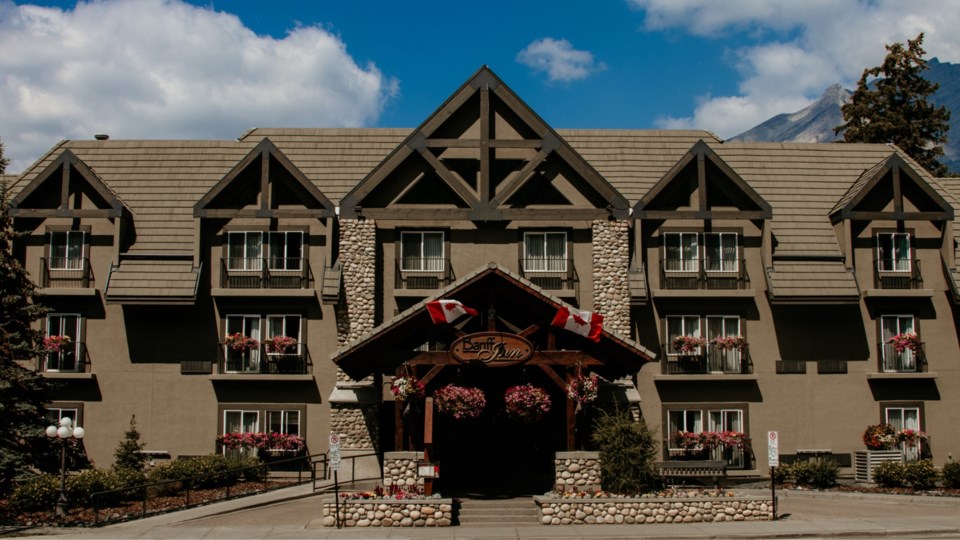Alberta hotel markets are shining bright, according to speakers at the Western Canadian Lodging Conference in Vancouver on Oct. 30.
Calgary will lead the West in revenue growth next year, with revenue per available room (RevPAR) forecast to grow 7.1 per cent to $123, on top of 6.1 per cent growth this year.
“With the opening of the new BMO Centre and some good convention and event activity, along with economic growth in Calgary I think next year we’ll see almost 7 per cent, a large portion driven by occupancy,” Carrie Russell, senior managing partner, HVS Canada, said in her review of hotel performance across the region.
However, additional rooms are needed.
“BMO is now a Class A convention centre; unfortunately, they need a minimum of a 300-room hotel,” said co-presenter Greg Kwong, managing director in Calgary for CBRE Ltd. “They’re having very good success attracting [events] of 1,000, 1,500 people or less but to get to 2,000, every event organizer says, ‘No, ain’t coming.’”
Two projects totalling 377 rooms are on the go, including a conversion of the former Canadian Centre office block at 833 4 Avenue SW to an Elements Hotel by Westin by PBA Group under the city’s Downtown Calgary Development Incentive Program. They’ll be added to the inventory by 2026, but in the meantime a massive conference of 30,000 Rotarians next spring will max out existing room capacity.
An hour west, the Banff market is also establishing new benchmarks.
While average occupancy softened marginally to 65 per cent in the first nine months of this year, guests saw the average daily rate climb 11 per cent to $410 while RevPAR increased 7.8 per cent to $266.
“Banff is a little superstar in this country,” Russell said. “Demand didn’t quite keep pace with [new supply] … but the ADR growth is phenomenal – 11 per cent growth, translating to RevPAR being up almost 8 per cent.”
That’s set to continue, with Kwong challenging his audience to try booking a room in Banff for the holidays.
“Just for fun, and to instil a little envy in all you hotel owners, call and try to book a room at Christmastime, the Banff Springs or any of the other hotels, and take a picture of your face,” he said.
“Hoteliers know better than to go to Banff; they’re going to Canmore,” Russell quipped, but investors have shown an appetite for local properties.
InnVest made its third purchase in Banff this past June with the $43 million acquisition of the 101-room Banff Inn. It followed the 2022 purchase of a leasehold interest in the 99-room Royal Canadian Lodge and 65-room Charltons Banff
Oxford Properties Group also spent $170 million on its purchase of the 330-room Rimrock Resort Hotel, citing its confidence in Canada’s luxury resort hotel market.
CoStar data bears this out, according to data Ingrid Jarrett, CEO of the BC Hotel Association, presented.
While consumer bemoan higher rates, luxury hotels are seeing some of the best performance right now.
“The luxury sector is leading profitability in Canada right now,” she said
While rate and revenue growth in Banff will pull back to 4 per cent next year, it remains respectable while pointing to limited room to run for top-end rates.
Victoria, described as B.C.’s answer to Banff, has also seen significant growth in rates, up 7.5 per cent this year to $262 a night, while RevPAR has soared 13.4 per cent to $191.
But that’s unsustainable, Russell said.
“Much like Banff, Victoria has had a really strong growth year,” Russell said. “I don’t think we can sustain that pace of growth in 2025.”
Projections call for rate growth slowing to 3.5 per cent in 2025 while revenue growth will fall to 4.5 per cent.
But the revenue is needed. While consumers don’t want to pay more, workers are asking to be paid more after the pandemic put the brakes on traffic and wage increases.
“We need the topline to be growing in hotels, because we’re seeing significant increases in labour. It’s time to pay the piper in terms of labour rates,” Russell said.
This means that slower revenue growth will serve to cover higher costs rather than boosting margins.
While other costs are coming down, many operators at the conference said they’re continuing to look for savings on labour, property taxes and other costs.
Some budgets are eyeing a two or three per cent reduction in staffing costs, for example, through measures like autonomous vacuums.



